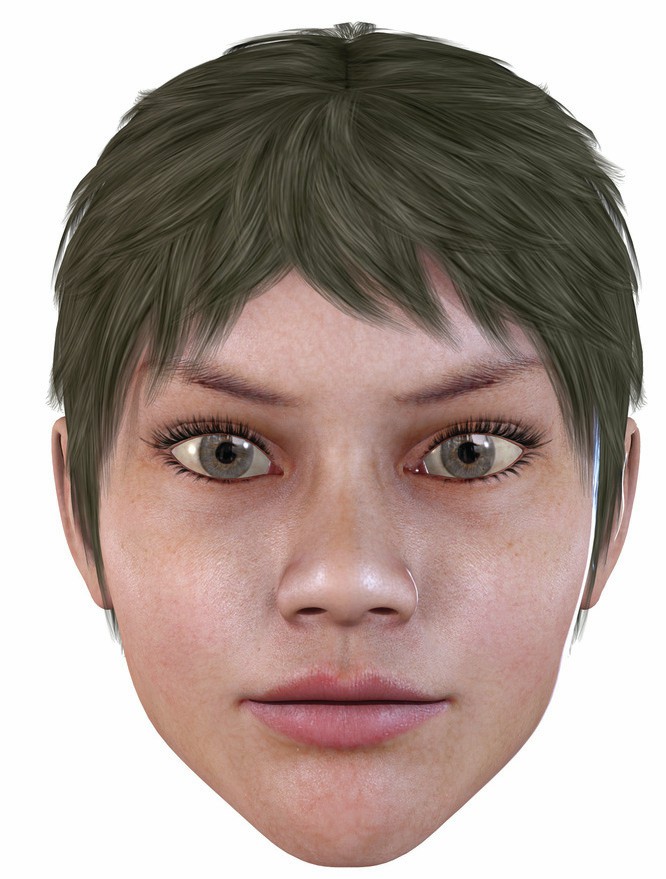
During the 1980s and 1990s, the most influential theory of autism maintained that what all autistic people have in common (the core inability) is mind-blindness (Baron-Cohen 1990), a severe impairment in understanding mental states and appreciating how mental states govern behaviour (Baron-Cohen1995). People with autism lack a ‘theory of mind’ (ToM) — the ability to attribute mental states (knowledge/wishes/feelings/beliefs) to oneself and others. The claim that a lack of ToM is at the core of autism is referred to as the ToM hypothesis.
In a direct test of the ToM hypothesis, Baron-Cohen et al. (1985) used a false belief task — the Sally-Anne test — involving a first-order belief (for example, ‘I think Sally thinks the marble is in the basket’). While their findings strongly supported the ToM hypothesis, later studies (Bowler 1992, Ozonoff et al. 1991) contradicted it. Using a second-order belief test (for example, ‘I think that Anne thinks that Sally thinks that the marble is in the basket’), many adults with Asperger’s syndrome (AS) (an autistic spectrum disorder not associated with retarded language development) displayed ToM.
Your organisation does not have access to this article.
Sign up today to give your students the edge they need to achieve their best grades with subject expertise
Subscribe




